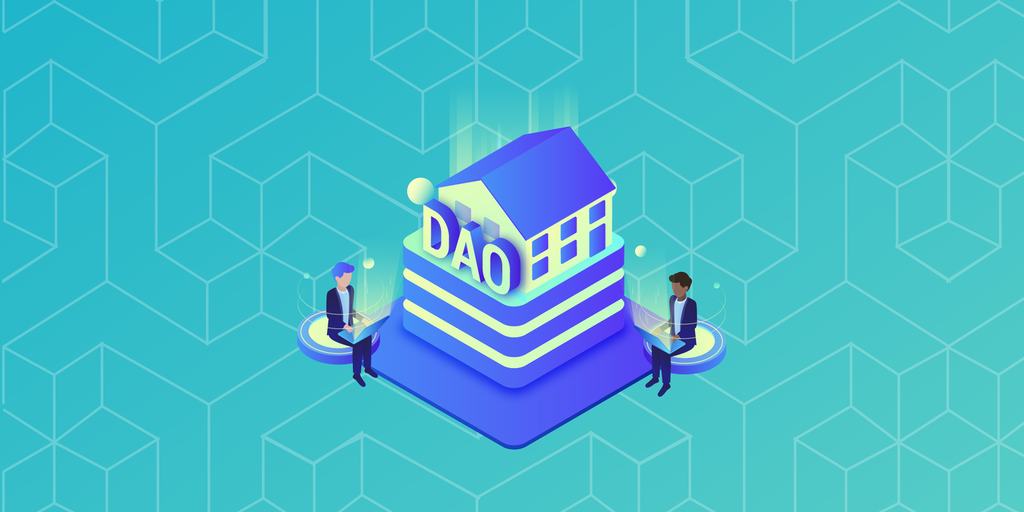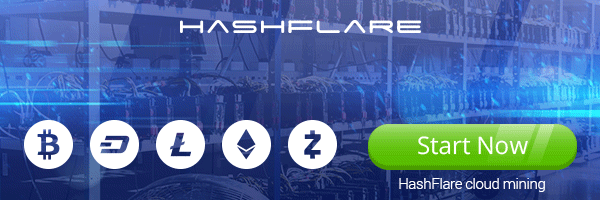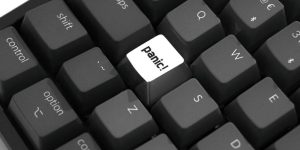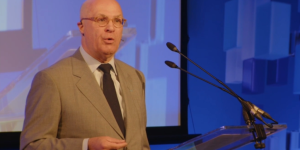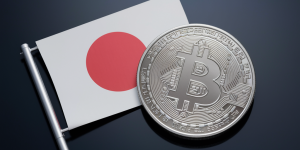In brief
A decentralized autonomous organization is an organizational structure where control is spread out rather than hierarchical.
DAOs use smart contracts on a blockchain, with participants using governance tokens to vote on proposed actions.
It’s not difficult to spin up a new DAO; the hard part is getting people to join, and retaining them.
The term DAO (short for “decentralized autonomous organization”) became a crypto buzzword in 2021, but the concept has real value. As of June 2022, the DAO ecosystem has a combined treasury value of $8.7 billion, according to the analytics site DeepDAO.
DAOs continue to grow as a community organizing model, a means of quickly raising and distributing money for social causes, or decentralizing blockchain-based protocols.
Here are the basics on how to start one. (This explainer is not financial or legal advice.)
What is a DAO?
Decentralized autonomous organizations use a shared treasury, smart contracts (programs that execute once criteria are met), and tokens for voting.
The first DAO, called “The DAO,” launched on Ethereum in 2016. While it is possible to establish a DAO on any blockchain that supports smart contracts, most of them run on Ethereum.
Setting up a DAO
Forming a DAO requires several steps:
Name the DAO
Create a mission statement
Spin up a Discord server
Set up a Twitter account
Invite people to join
Launch a governance token
Create a funding mechanism
Set up Snapshot or other tools for voting and logging member contributions
Every DAO needs a name that encapsulates its mission, such as ConstitutionDAO, FreeRossDAO, Ukraine DAO, and AssangeDAO.
For this lesson, let’s imagine that we want to launch an explorer’s club DAO. Decrypt has gone ahead and set it up.
Name: Exploration DAO
DAO Type: Education/Club
Mission Statement: To finance and facilitate exploration of unknown places and preserve historical items, works, and sites. Exploration DAO is dedicated to funding people and organizations working to explore and preserve history. The DAO will donate all funds raised outside operating costs to charities, schools, museums, and global organizations.
Next, we want to set up where the DAO will live for member engagement, community building, and announcement. The most commonly used platforms are:
Twitter: https://twitter.com/ExplorationDAO
Discord: https://discord.gg/U3f89V2kZN
Telegram: https://t.me/+kuf4cw16ZsgyNDUx
Twitter: Love it or hate it, Twitter is the public square. DAOs use Twitter to announce their plans to the broader world.
Discord: If any Web2 app has stuck around in Web3, it’s Discord, which built its base with gamers but has now also become the home of DAOs. DAO leaders like Discord for its ability to organize thousands of people into different roles and working groups.
Telegram: DAOs may also use Telegram to create groups and gather members, perhaps before forming a Discord.
What tools are available for launching a DAO?
Here are some popular sites for launching a DAO:
DAOhaus
DAOhaus is a DAO protocol for joining existing DAOs and creating a new DAO based on the Moloch framework. DAOs can be launched by setting a few parameters: 1. The type of DAO being launched: Guild (works collectively to offer services); Clubs (little to no financial decisions); Ventures (for large financial decisions; Grants (distribute wealth); and Products (govern a product or protocol); 2. The addresses of the members; 3. Filling in the DAO’s metadata like its name, social media, and website link.
Collab.Land
Not specifically a tool for launching a DAO, Collab.Land is a popular tool used by DAOs to moderate membership. It does this by verifying that each member currently holds the DAO’s token, allowing access to the DAO’s various Discord channels, and kicks out members who no longer hold the token.
Aragon
Aragon is an open-source platform for launching and maintaining a DAO on the Ethereum blockchain. Aragon offers two main products: Aragon Client, a toolkit for developers to create online organizations that aim for more transparency and customizability, and Aragon Govern, a framework for DAO governance with on-chain execution and plug-in dispute resolution.
Treasury management tools
Eventually, a DAO will need a treasury to store its funds and manage its tokens. Deciding which tool to use depends on the group’s needs and treasury size. The DAO will need a compatible wallet like MetaMask, WalletConnect, or Portis.
Gnosis Safe
Gnosis Safe is an Ethereum wallet that requires a minimum number of people to approve a transaction before it can occur. When a DAO wants to pursue a course of action, it’s voted on by the members of the DAO (see Snapshot below) and then executed by a core group of signers, known as a multi-sig (multi-signature). With Gnosis Safe, users can define a list of signer accounts and the required number of signers so no single DAO member can move funds independently.
Syndicate Web3 Investment Clubs
To start a Web3 investment club on Syndicate, founders will need to connect a wallet like Metamask to the Syndicate network. Deposits are collected in that wallet, and any existing assets in the wallet will be visible to all club members. After the investment club founder chooses a name, the platform will assign a club token symbol. Syndicate investment clubs can then become the treasury of a DAO built around it.
Voting tools
After setting up a treasury, a DAO will need a way for members to vote on proposals. Snapshot is by far the most popular tool. It is a decentralized voting system that allows users to create proposals and vote off-chain, meaning votes are cast—no cryptocurrency is exchanged—using ERC-20 tokens or even NFTs to show voting power.
Fundraising tools
Juicebox
Think of Juicebox as a Web3 version of Kickstarter. Projects use Juicebox to raise funding from their communities via smart contracts on Ethereum. Projects can design a fundraising page and funding structure and define how funds and rewards will be distributed.
Mirror
Mirror is best known as a blogging platform built on blockchain technology. But in addition to publishing articles, DAOs can also use Mirror for crowdfunding projects that use Ethereum smart contracts, and to turn posts into NFTs.
The future of DAOs: What’s Next?
As DAOs become more mainstream, more tools will become available to offer more one-stop solutions tools like Superdao and DAOhaus, where with a few clicks, a new DAO is spun up. But while the number of tools available to launch a DAO continues to grow, the most crucial piece of the puzzle is the ability to organize and motivate DAO members to act and work toward the DAO’s mission and goal.
Want to be a crypto expert? Get the best of Decrypt straight to your inbox.
Get the biggest crypto news stories + weekly roundups and more!
